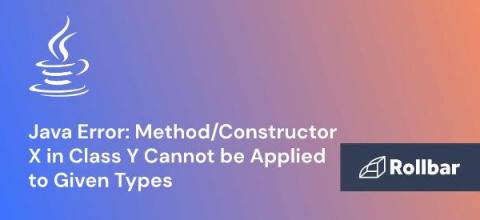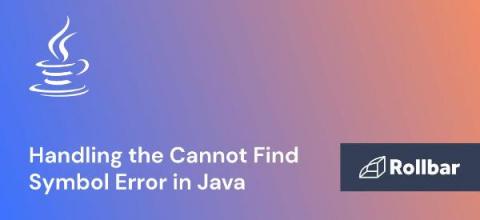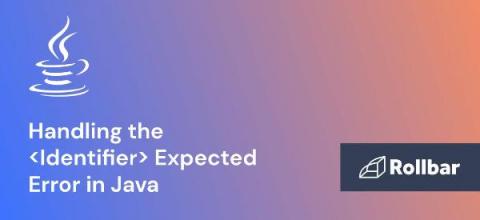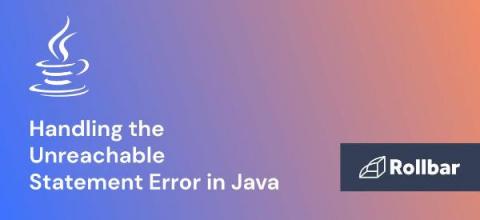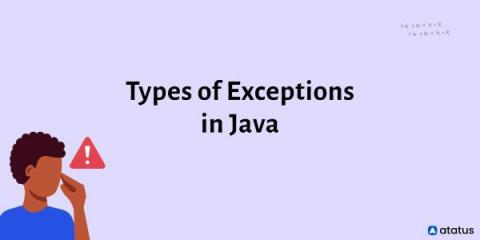How to Fix Method/Constructor X in Class Y Cannot be Applied to Given Types in Java
In computer programming, a function is a set of instructions that can be invoked to perform a particular task. In object-oriented programming (OOP), a method is a function that is typically associated with an object and models its behavior . In Java, methods can also be static, in which case they are part of a class definition and do not require an object to be created before they are invoked.


